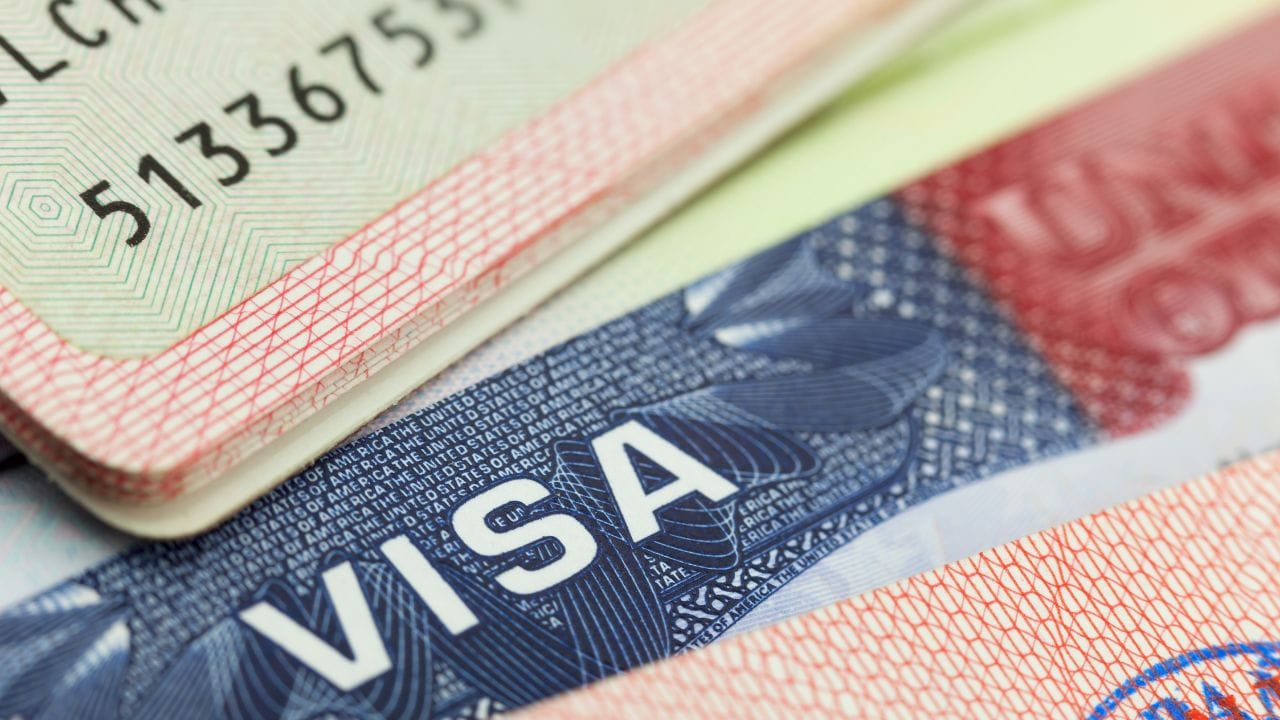The new F-1 visa rules have flung into the arc of challenges for the international students currently studying in America. US-domiciled international students are hereby required to follow stricter regulations that place limits on the time spent outside of the country, affecting the plans of those with curricula designed to be highly mobile or that promote mobility.
In this blog, we’ll examine the implications of these new regulations for global education programs, whether they are likely to affect them, and what universities and students can do.
What Are the New F-1 Visa Rules?
This F-1 visa is a type of non-immigrant visa granting an international student the right to enroll and study at U.S. institutions. Now, under this old rule, F-1 visa students were allowed to leave the United States for holidays, internships, or study abroad, but if the period was reasonable, there was never any issue with the visa status. Now, with these new rules, students face five consecutive months of absence from the U.S. outside of which their visa is at stake.
Such restrictions create nightmares for international internships, research projects, or study abroad semesters for students, as most of these opportunities last longer than five months. Lack of compliance could lead to loss of F-1 visa status, and students lose their visa status with mandatory reapplication and additional fees.
F-1 Visa Limitations
This will not only complicate study abroad opportunities but also affect long-term internships or research positions requiring students to be outside of the United States for an extended period of time. It may become a real problem for students in a global program, those in STEM fields, or those with international research that requires travel to specific labs or institutions abroad.
New F-1 Visa restrictions: What does this mean for students?
The students, therefore, will have to now plan their academic timelines and international engagements carefully so as not to go over the set five months. Many global education programs will then have to forgo some precious international experience or spend a short period abroad. For example, where a student had planned a whole semester abroad to do research in another country, it is now uncertain how this will play out because of an extra program added beyond the set five months.
The disruptions will be particularly significant for STEM students. Many of these students have to collaborate on STEM-based research projects that involve collaborations or internships spread out over months, requiring participants in various parts of the globe. Such opportunities now could be lost, and students might miss crucial skills or experiences available outside the U.S. only.
Even though this provides a minimum standard for keeping an F-1 visa, it also creates challenges for students interested in global internships or specialized training; opportunities must now be balanced with constraints the F-1 visa imposes on them. In addition, the new Form I-20 to re-enter the U.S. five months from their departure date is another layer of complexity and cost that adds to the process.
Challenge for International Students
Ironically, international students bear the brunt of this change. The new regulations would make it difficult for all international students to adjust their academic workload with the increasing demands of the visa requirements. Thus, they would have to seek alternative means of continuing their education and professional pursuits without jeopardizing their visa status.
What do U.S. universities have in store?
New restrictions on F-1 visas will change university global programs. As many universities have designed curricula to focus on international mobility, encouraging students to enter those curricula to participate in exchange programs or research across borders, universities will need either to shorten their study-abroad programs or shift toward virtual exchanges.
Failure to innovate might reduce foreign student applications, as most foreign students are seeking institutions that can offer some flexibility in global education without visa restrictions. Such universities would be more attractive to those who might otherwise seek international learning experiences by other universities in countries less notorious for tough immigration policies.
International Education Challenges
It also poses international education challenges. U.S. higher education will have to review their international education plans, thinking about how the same global experience could be provided to students without having to send them to other countries for periods of time. Universities may consider hybrid or virtual programs to accommodate cross-cultural learning without sending students outside the U.S.
Conclusion
Clearly, new F-1 visa rules are a recipe for disaster when it comes to international students in the U.S., as students become limited in their ability to participate in long-term global programs, internships, and research endeavors. This may shift instead to more short but frequent international trips or virtual alternatives. However, without being mitigated, these policies will have long-term impacts on diversity and globalness in U.S. higher education.
This would, in turn, make them struggle through these new provisions so that they do not lose their status in respect of obtaining a visa. The basic issue from this change is that institutions need to reassess and rearrange their worldwide study plans under the altering nature of immigration law.





